Better flow with smart tanker transport
Smart tanker transport is my everyday world. Because we transport corrosive chemicals, there are more safety aspects and regulatory requirements to be aware of than when carrying ordinary goods. Many customers like working with a driver who is fully familiar with the procedures and equipment at their plants. We can weigh in, load/unload and complete consignment notes ourselves. It’s exactly such things as not having to explain where the entrance is every time a tanker is coming that are so valuable.
Kent Nymoen, driver with GJ Åkeri since 2004
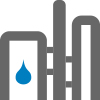
Who?
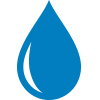
What?
Unclassified liquids: sodium metasilicate and potassium metasilicate.
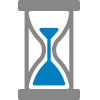
When?

Where?
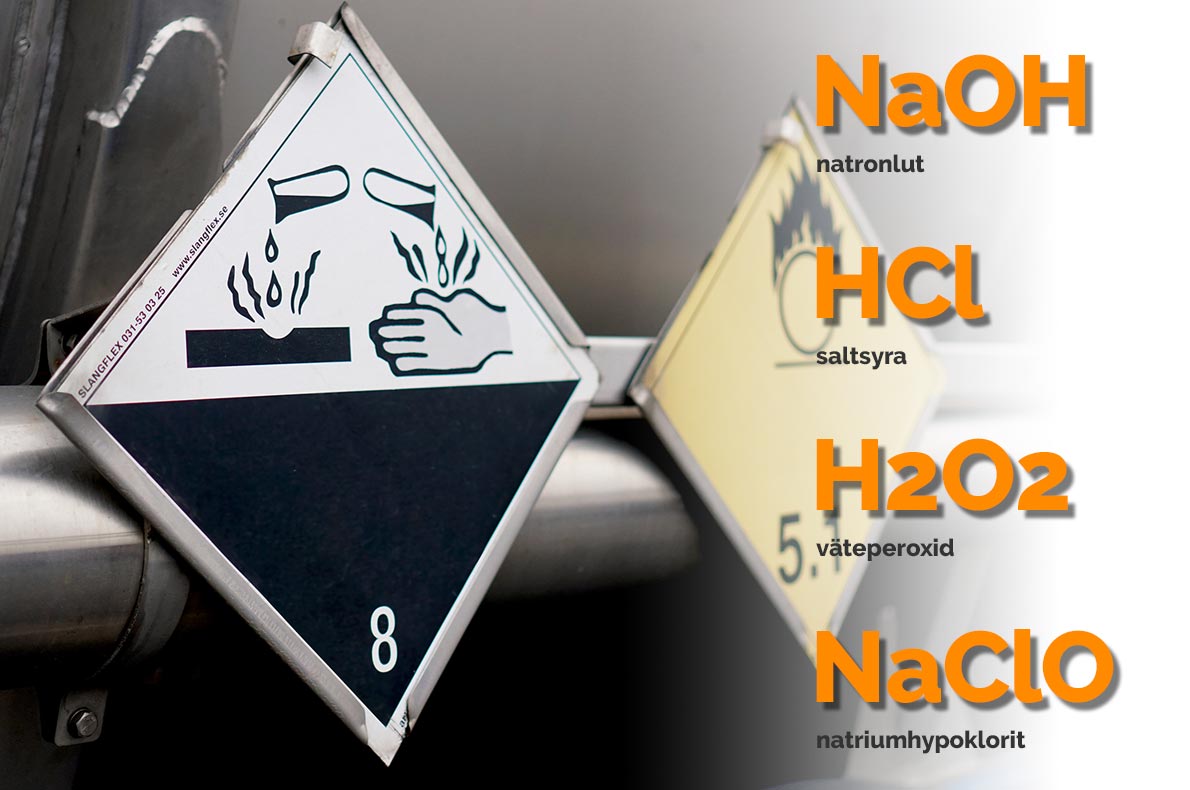
Tanker transport of corrosive chemicals
Transporting chemicals has been our speciality for a little over 90 years. Our tankers run between chemicals factories and their end customers, for example, pulp and paper facilities. We also transport chemicals to foodstuffs and pharmaceuticals producers as well as to municipal treatment plants.
Transport is predominantly of corrosive liquids such as soda lye, hydrochloric acid, hydrogen peroxide and sodium hypochlorite.
Liquid sodium metasilicate and potassium metasilicate are two of the common, unclassified products that we carry.
Of course, do not hesitate to contact us if you have other products that can be carried in tankers!
Would you like to know how we work with safety? Read more here >>

Optimised tanker transport from 2 m³ to 42 tonnes
Clearly enough, running with a full tank from A to B and back is optimal. It is best for the environment and benefits both us and our customers. However, with many years in the industry, we know the practical realities. Optimising tanker transport is a question of running with empty tanks as seldom as possible.
Succeeding in the above demands good, real-time planning. We operate a smart route system and keep a constant eye on where our tankers are and what they are suitable for. Thus, we can optimise deliveries and update directly with our drivers. All of them are connected to our transport controllers.
Around 40 years ago, we invested in specially built tankers that have compartments. These compartments enable us to deliver to several customers on a route, even when they want different chemicals and different volumes. This results in fewer delivery trips overall. Our customers further appreciate this because it means they do not need to stock large volumes.
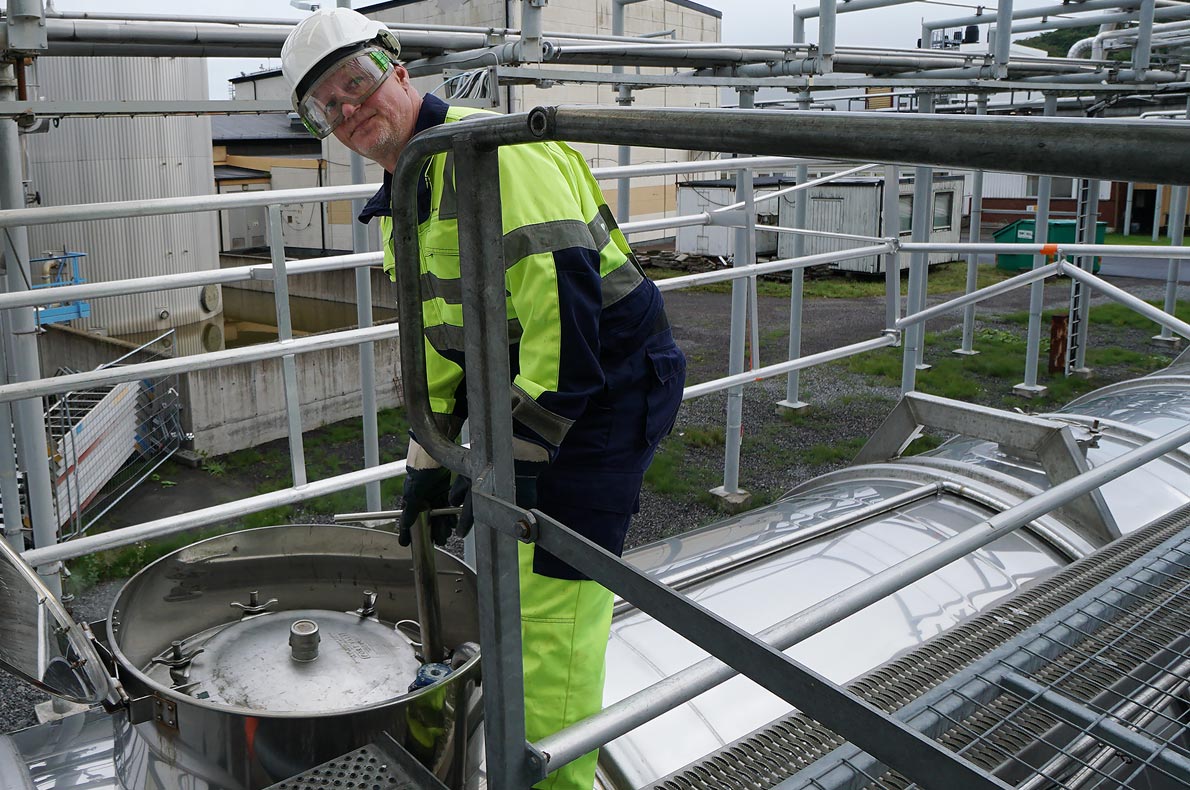
Fuss-free level monitoring and delivery
One of our popular solutions involves us taking responsibility for checking the levels in customers’ chemical tanks. We see when it is time to top up, collect from the supplier and deliver to the end user.
In many cases, customers choose to train our drivers in their procedures. This means that drivers can take care of weighing in, loading/unloading and processing consignment notes themselves.
One of the advantages of this type of total solution is that both supplier and end customer can concentrate on their production. They do not have to worry about operations being disrupted because a tank runs dry.
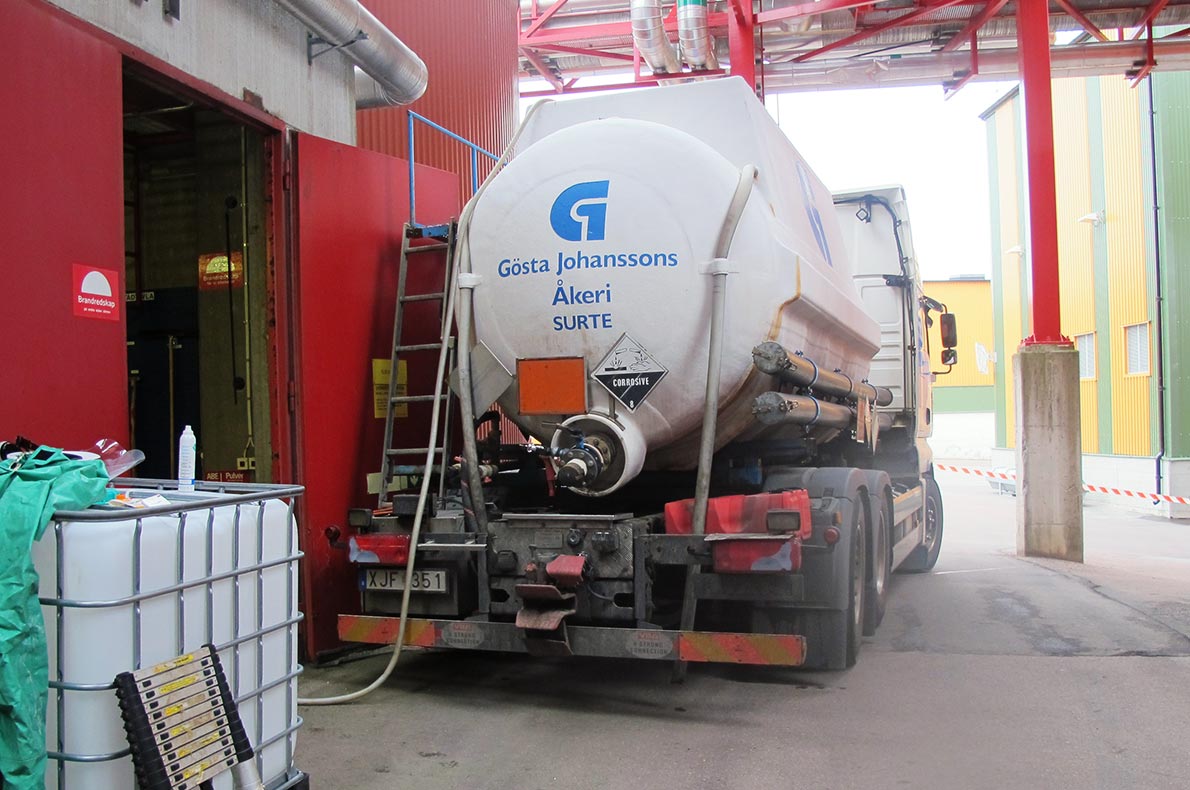
Tank emptying and transport of environmentally hazardous waste
In preparation for cleaning, inspection or a regulatory check, chemical tanks may need emptying. As we know the safety procedures and have access to customers’ premises, it is often simplest and cheapest for us to empty a tank.
For many years, we have worked closely with Jordfallet Kemi the company that takes care of the actual draining process.
Many manufacturing processes create residual products that must be handled as environmentally hazardous waste. Our drivers and tankers have the necessary authorisations for carrying such waste to destruction plants. When we can deliver products and then take away hazardous waste for destruction, we benefit our customers and the environment alike. We call that win-win.

